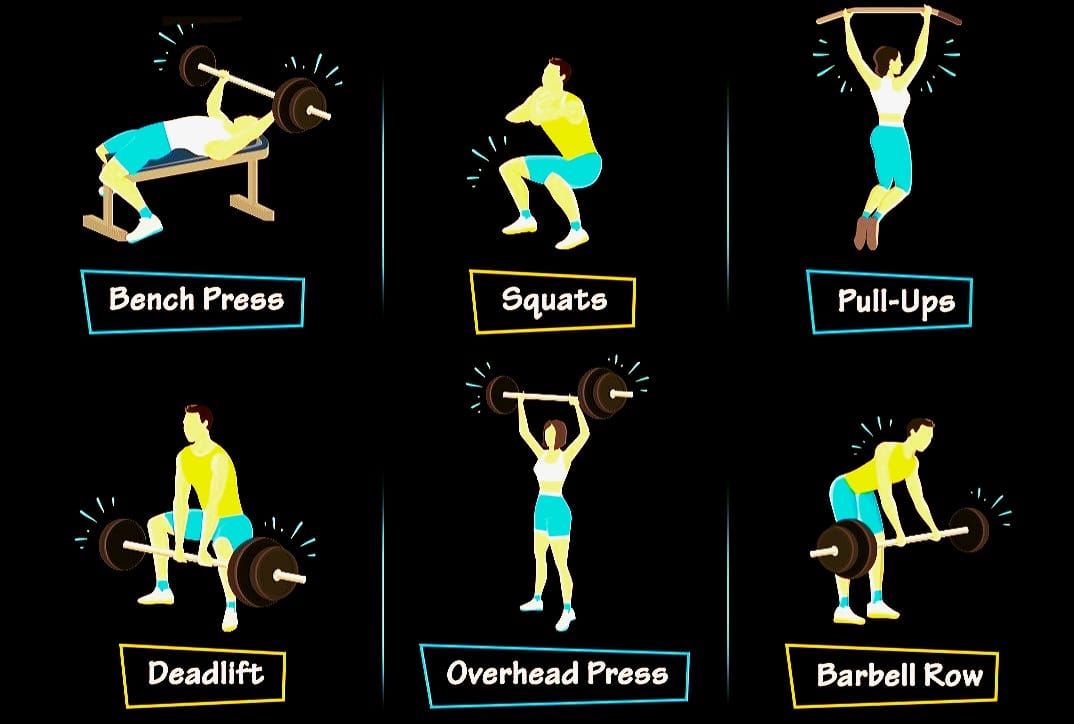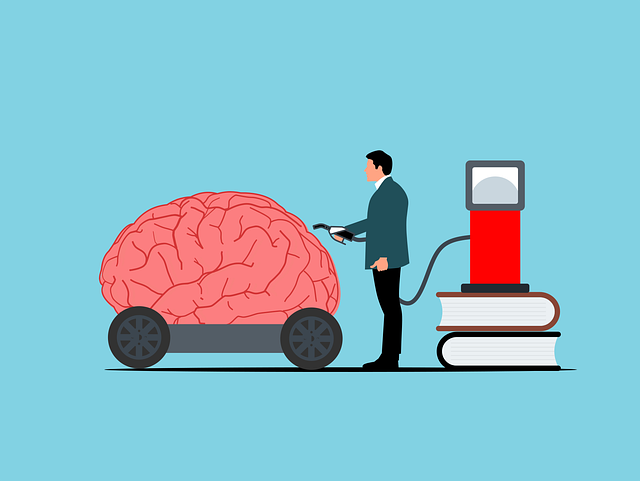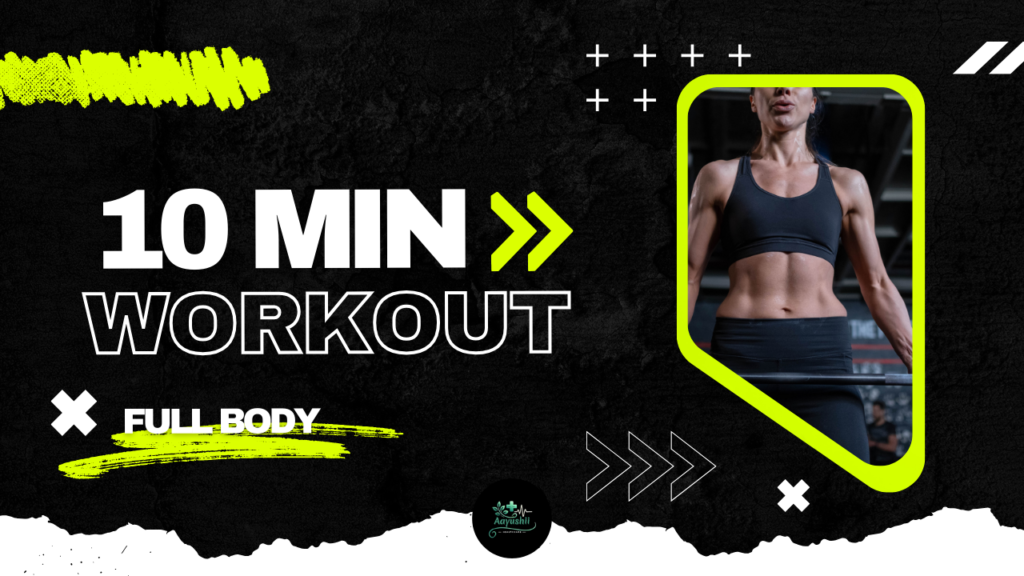A fitness routine can easily become monotonous, and without proper planning, it might fail to deliver the results you desire. Transforming your workout strategy isn’t just about trying new exercises or increasing intensity—it’s about adopting a science-backed, holistic approach to your physical well-being. Whether you aim to lose weight, build muscle, or improve endurance, these expert insights will help you optimize your routine for better results.
Set Clear and Achievable Goals

A successful fitness transformation begins with clear goal-setting. Vague objectives like “getting fit” lack focus. Instead, set goals that are specific, measurable, achievable, relevant, and time-bound (SMART).
Example:
- Instead of “I want to lose weight,” say, “I will lose 10 pounds in three months by working out four times a week and monitoring my diet.”
Why It Matters:
A study published in Psychological Bulletin emphasizes that goal-setting enhances motivation and improves performance. SMART goals help create a clear roadmap, making tracking progress and staying committed easier.
Upgrade Your Training with Periodization

Periodization is the practice of structuring your workout cycles to avoid plateaus and overtraining. This method alternates between different training intensities, helping your body recover and adapt.
Types of Periodization:
- Linear Periodization: Gradually increase intensity over weeks or months.
- Non-linear Periodization: Alternate intensities within the same week.
- Block Periodization: Focus on specific fitness attributes, such as strength or endurance, in short, dedicated blocks of time.
Science Speaks:
A review in the Journal of Strength and Conditioning Research found that per iodized training plans are more effective than unstructured routines at improving strength, endurance, and muscle growth.
Master Compound Exercises

Compound movements, which work multiple muscle groups simultaneously, should be the cornerstone of your fitness routine. These exercises not only save time but also mimic natural body movements, improving functional strength.
Examples:
- Squats
- Deadlifts
- Bench Press
- Pull-ups
The Science Behind It:
Studies in the Journal of Applied Physiology reveal that compound exercises activate more muscle fibers and lead to greater strength gains compared to isolation exercises.
Embrace Progressive Overload

Progressive overload is the gradual increase of stress on your muscles, prompting them to grow stronger and more resilient. Without it, your progress will stall.
How to Implement Progressive Overload:
- Add Weight: Increase the resistance in your workouts.
- Increase Volume: Add more sets or repetitions.
- Decrease Rest Time: Reduce breaks between sets.
Scientific Insight:
Research from the European Journal of Sport Science confirms that progressive overload is essential for both muscle growth and improved endurance.
Combine Cardio and Strength Training

Cardio and strength training offer complementary benefits. A balanced approach can improve cardiovascular health, build muscle, and accelerate fat loss.
Tips for Balance:
- Perform cardio on separate days or after strength training to avoid fatigue.
- Use high-intensity interval training (HIIT) for time-efficient cardiovascular benefits.
- Alternate moderate-intensity cardio with strength sessions throughout the week.
The Evidence:
A study in Medicine & Science in Sports & Exercise found that combining cardio with resistance training helps preserve muscle while promoting fat loss, making it ideal for body recomposition goals.
Fuel Your Body with the Right Nutrition

Your diet plays a crucial role in achieving fitness results. Exercise alone cannot outpace poor eating habits.
Nutritional Strategies:
- Protein Power: Aim for 1.6–2.2 grams of protein per kilogram of body weight daily to support muscle repair.
- Carb Control: Prioritize complex carbs like oats, sweet potatoes, and quinoa for sustained energy.
- Healthy Fats: Incorporate sources like avocados, nuts, and olive oil for hormonal balance.
- Hydration: Drink at least 2–3 liters of water daily to maintain peak performance.
What Research Says:
A review in Nutrients underscores the importance of a balanced diet with macronutrient timing, particularly post-workout protein and carbs, for muscle recovery and performance enhancement.
Prioritize Recovery

Many fitness enthusiasts underestimate the power of recovery. However, rest days and proper sleep are as vital as the workouts themselves.
Recovery Essentials:
- Sleep: Aim for 7–9 hours of quality sleep nightly to boost muscle repair and cognitive function.
- Active Recovery: On rest days, engage in low-intensity activities like yoga or walking.
- Massage or Foam Rolling: Use foam rollers to improve blood flow and relieve muscle tightness.
The Science of Recovery:
Research in Sports Medicine highlights that inadequate recovery can lead to overtraining, fatigue, and increased injury risk, while proper recovery strategies accelerate muscle growth and performance.
Track Your Progress

Monitoring your progress ensures that your fitness plan is working. Regular tracking allows you to identify areas for improvement and celebrate milestones.
Tools to Help You Track:
- Fitness Apps: Use apps like MyFitnessPal or Strava to record workouts and meals.
- Wearables: Devices like Fitbit or Apple Watch track calories, steps, and heart rate.
- Simple Journals: Write down workout details, body measurements, and dietary habits.
The Science:
Studies in the Journal of Medical Internet Research show that individuals who track their fitness progress are more likely to adhere to their plans and achieve their goals.
Improve Mobility and Flexibility

Incorporating mobility and flexibility exercises enhances workout performance and reduces the risk of injury.
Actionable Tips:
- Dynamic Stretching: Perform leg swings, arm circles, or lunges before workouts.
- Static Stretching: Stretch major muscle groups after workouts to reduce stiffness.
- Foam Rolling: Use a foam roller to target tight areas and improve circulation.
Scientific Evidence:
A study published in Sports Medicine highlights that dynamic stretching improves athletic performance, while static stretching post-workout aids in muscle relaxation and recovery.
Avoid Overtraining

Overtraining occurs when you push your body too hard without giving it enough time to recover. This can lead to fatigue, injuries, and performance decline.
Signs of Overtraining:
- Persistent muscle soreness
- Fatigue and poor sleep
- Plateau or decline in performance
How to Avoid It:
- Include 1–2 rest days per week.
- Listen to your body and adjust your workout intensity when needed.
- Prioritize proper nutrition and hydration.
Leverage Technology for Fitness Success

Modern fitness technology can streamline your progress and keep you motivated.
Popular Tools:
- Apps for Guided Workouts: Try Peloton or Nike Training Club.
- Wearable Devices: Track calories, sleep, and exercise with smartwatches or fitness bands.
- Online Communities: Join forums or social groups for accountability and tips.
Research Insight:
According to the American Journal of Preventive Medicine, technology-based fitness tools significantly enhance exercise adherence and results.
Adopt a Growth Mindset

A positive attitude toward fitness transformation can make all the difference. Embrace challenges as opportunities for growth and avoid comparing your progress to others.
How to Build a Growth Mindset:
- Set small, achievable milestones to build confidence.
- Celebrate every victory, no matter how small.
- Surround yourself with a supportive community.
Supporting Research:
Carol Dweck’s Mindset Theory highlights that a growth mindset—believing that abilities can improve through effort—leads to greater perseverance and success.
Final Thoughts
Transforming your fitness routine for better results requires more than just physical effort; it demands strategic planning, proper nutrition, recovery, and a resilient mindset. By incorporating these science-backed tips into your routine, you’ll not only see improved results but also enjoy a sustainable path to lifelong health and wellness.
Remember, consistency is key, and every small step you take today brings you closer to your fitness goals tomorrow. Start implementing these strategies, and watch your transformation unfold. For more tips and guidance, visit us at aayushii.com.
FAQ: Transforming Your Fitness Routine for Better Results
1. Why should I transform my fitness routine?
Over time, sticking to the same fitness routine can lead to plateaus where your progress stalls. Transforming your routine helps challenge your body, improve motivation, and align your workouts with evolving fitness goals.
2. How often should I change my fitness routine?
It’s generally recommended to update your routine every 6-8 weeks. However, if you notice early signs of a plateau, such as a lack of progress or reduced enthusiasm, it might be time to make changes sooner.
3. What are some simple ways to modify my routine?
Increase intensity by adding weights, resistance, or speed to your exercises. Change the order by reorganizing the sequence of your workouts to surprise your muscles. Incorporate variety by trying new forms of exercise like yoga, HIIT, or swimming. Focus on recovery by adding rest days, stretching, or mobility work to enhance performance.
4. How can I set realistic fitness goals for better results?
Start by identifying specific, measurable, and achievable targets. For example, instead of saying, “I want to get stronger,” aim for “I want to deadlift 20% more in three months.” Use milestones to track progress and adjust your plan as needed.
5. Is nutrition a part of transforming my fitness routine?
Absolutely! Your diet plays a crucial role in achieving fitness results. Focus on balanced meals rich in protein, healthy fats, and complex carbs. Staying hydrated and timing meals around workouts can also optimize performance and recovery.
6. How can I stay motivated during a fitness transformation?
Track progress by keeping a journal or using fitness apps to log achievements. Partner up by working out with a friend or hiring a personal trainer. Reward yourself by celebrating milestones with non-food rewards like new workout gear. Find joy by choosing activities you genuinely enjoy to keep fitness fun and sustainable.
7. Should I consult a professional before making major changes?
Yes, if you’re new to exercise or planning drastic changes, consulting a personal trainer, physical therapist, or healthcare provider ensures your new routine is safe and effective.
8. How do I overcome setbacks in my fitness journey?
Setbacks are normal. Reflect on what caused the issue, adjust your plan, and keep going. Remember, consistency over time is more important than perfection.
9. Can mindfulness improve my fitness results?
Yes, mindfulness can enhance your connection to your body, improve focus during workouts, and reduce stress. Practices like meditation, deep breathing, or mindful stretching can boost overall performance.
10. What’s the biggest mistake to avoid when transforming my routine?
One common mistake is making changes too quickly without proper planning or recovery. Gradually adjust your routine to prevent overtraining and injuries. Listening to your body is key.





